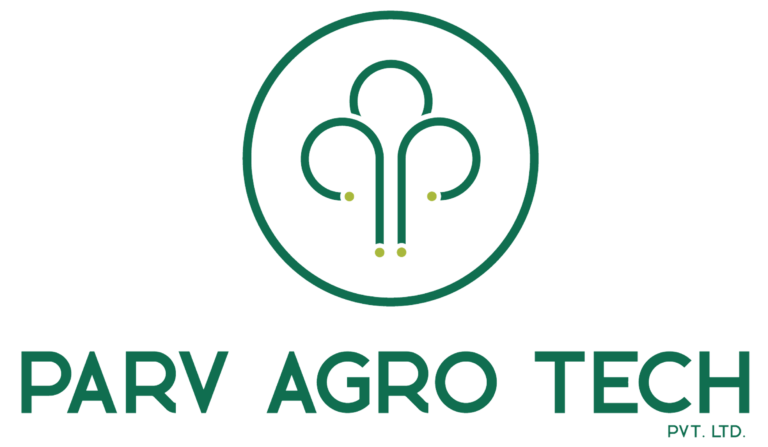In today’s interconnected globe, pupil neighborhoods play an essential role in shaping academic and personal experiences.

These areas are not simply collections of people yet are vibrant ecosystems that cultivate growth, discovering, and collaboration amongst students. They vary extensively in kind and function, from campus-based teams to international online forums, each offering one-of-a-kind chances for engagement and advancement.
Whether you are tipping onto a college school for the very first time or taking part in online knowing atmospheres, comprehending the structure and benefits of pupil neighborhoods can considerably improve your instructional journey. This short article explores the essence of student areas, exploring how they operate, the benefits they supply, and the ways in which they can be leveraged for personal and scholastic success.
Understanding Student Neighborhoods
Trainee neighborhoods are foundational to the scholastic experience, serving as both social and academic support systems. At their core, these areas are teams developed naturally by pupils who share usual interests, goals, or fields of study. They can be informal, such as study groups, or formal, like trainee unions and clubs.
These neighborhoods are identified by a shared identity and the cumulative quest of expertise, abilities, and experiences. They function as systems for students to attach, collaborate, and contribute to each other’s development, extending past scholastic boundaries to affect individual development and community interaction.

Basically, trainee communities are microcosms of bigger societal frameworks, where leadership abilities are sharpened, concepts are exchanged, and lifelong friendships are created. The interactions within these areas reflect a varied mix of social, intellectual, and social characteristics.
- Networking Opportunities: Trainee areas offer a network of peers and advisors who can use support and advice.
- Ability Growth: Engaging in community activities aids trainees create important skills such as interaction, management, and teamwork.
- Resource Gain access to: These areas usually give access to scholastic sources, including study materials and professional suggestions.
- Social Involvement: They use a system for social communication, reducing the transition into new scholastic settings and helping to combat isolation.
Via these numerous functions, student neighborhoods become integral to the all natural development of trainees, laying a structure for future professional and individual success.
The Benefits of Engaging in Student Neighborhoods
The benefits of joining trainee communities are multifaceted, influencing both academic and personal balls.

On a scholastic level, these neighborhoods urge joint understanding, permitting students to benefit from varied perspectives and know-how. Sharing knowledge and resources within a community can bring about more effective understanding results and boosted scholastic efficiency.
Furthermore, student communities provide a system for individual growth and self-discovery. By involving with peers from various histories and techniques, students get a more comprehensive worldview, improving their social competence and compassion. This exposure to diverse viewpoints is indispensable in creating important thinking and analytic skills.
In addition, energetic involvement in community tasks can enhance students’ confidence and self-worth. Handling leadership duties or taking part in conversations and occasions promotes a feeling of accomplishment and belonging, which is crucial for total health and inspiration.
Types of Pupil Areas
Trainee areas can be found in numerous forms, each accommodating different interests and objectives. These can be extensively categorized into scholastic, cultural, leisure, and professional areas, to name a few. Each type gives one-of-a-kind systems and opportunities for student engagement.
- Academic Communities: These are generally centered around specific fields of study or academic interests. Instances consist of study groups, honors societies, and departmental clubs.
- Cultural Communities: These teams focus on promoting social recognition and variety, usually organizing occasions and activities to commemorate different traditions.
- Entertainment Areas: These consist of sporting activities groups, leisure clubs, and hobby-based teams that give a break from scholastic rigors and promote physical and psychological health.
- Professional Communities: These are focused on occupation growth, providing networking possibilities, workshops, and mentorship programs to prepare trainees for the professional world.
By recognizing and involving with the right neighborhoods, trainees can tailor their college experiences to align with their rate of interests and job aspirations, paving the way for a meeting scholastic journey.
Developing a Flourishing student community Pupil Neighborhood
Producing and keeping a thriving student neighborhood needs initiative and collaboration from both students and educational institutions. It begins with promoting a comprehensive atmosphere where all trainees feel welcomed and valued despite their backgrounds.
Institutions can sustain this by supplying sources and centers that urge interaction and engagement. This includes creating physical areas like trainee unions and on-line platforms that facilitate interaction and partnership. In addition, arranging occasions, workshops, and seminars can better boost engagement, providing students with chances to link and pick up from each other.
Leadership and Student Participation
Effective management is vital in nurturing a successful trainee community. Leadership functions within these communities offer pupils an opportunity to establish and demonstrate their business and social skills. Trainees who assume these roles contribute significantly to setting the tone and instructions of their communities, affecting their peers favorably.
Urging management and energetic participation amongst trainees not only enhances the area but also equips individuals, preparing them for future difficulties. By promoting a society of partnership and support, pupil communities can grow, leaving a long lasting effect on their members and the scholastic setting overall.
